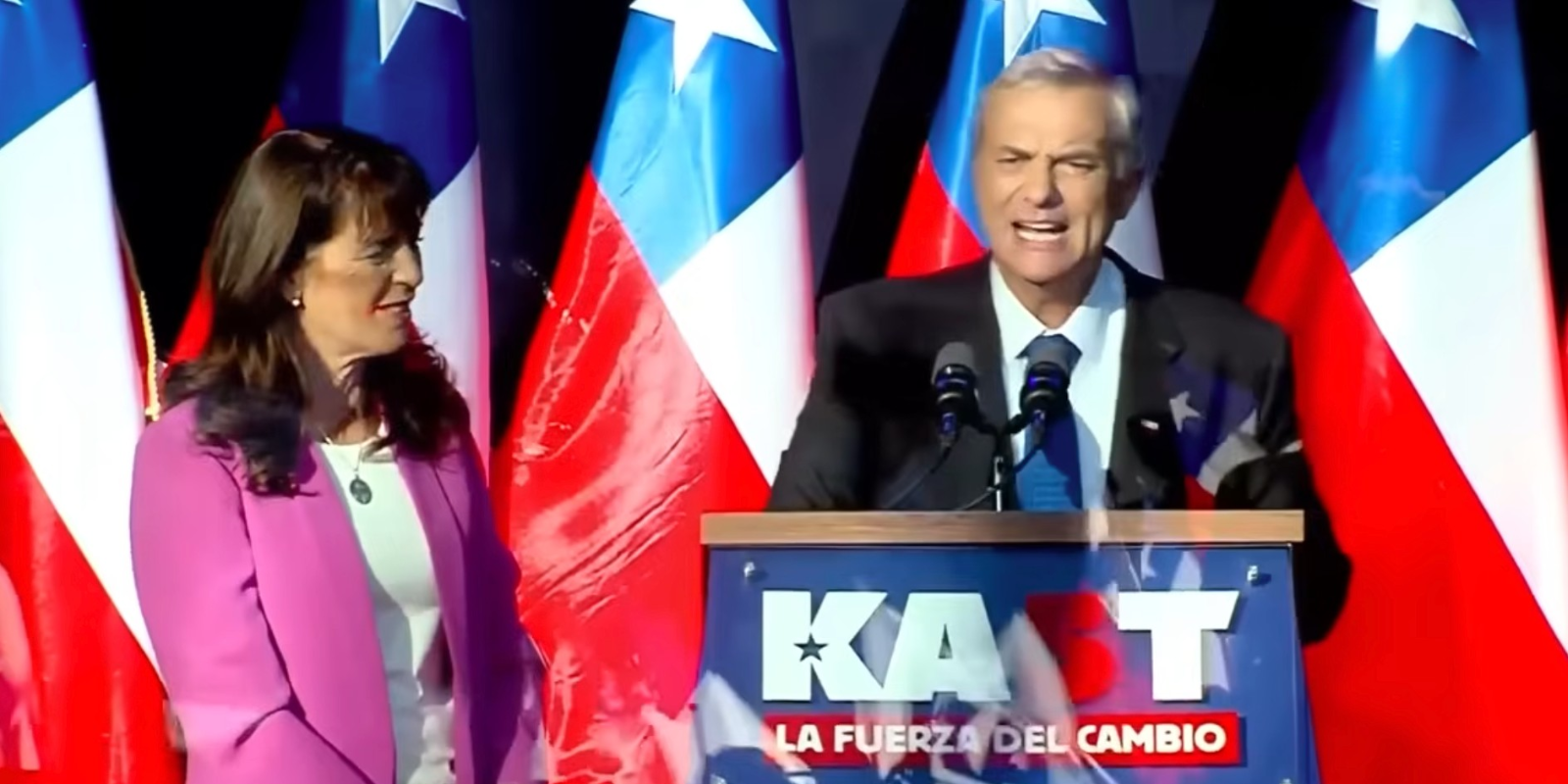As state and local units of government continue to hike cigarette excise taxes to raise revenues, smugglers apparently continue to profit from their illicit trafficking.
Nationwide, our research ??? and other academic papers ??? suggest that cigarette smuggling is not abating dramatically. There is both empirical and recent anecdotal evidence to suggest the problem is increasing in some areas along with big excise tax hikes.
We have just published our fourth set of smuggling estimates for 47 of the 48 contiguous states, expanding our research to include data through 2012. Previous editions were released last year as well as in 2008 and 2010.
The 2008 and 2010 reports contain detailed explanations of the statistical modeling effort we use. In short, the model matches up legal paid sales vs. predicted smoking rates. The difference between the two is our total smuggling rate, which we then compare to variables based on cigarette tax rates. Our model has been peer reviewed by doctorate-level economists and its output is relatively similar to that of other scholarly efforts.
The average estimated magnitude of the smuggling rate for 2012 has declined 2.03 percentage points relative to our 2011 estimates, or by 8.2 percent. While that is good news there are still significant smuggling flows in total with the average smuggling rate of the top 10 in-bound smuggling states totaling 39.1 percent of consumption. The average smuggling rate for the top 10 out-bound smuggling states totals 12.8 percent of consumption. So, while the estimates as a percentage of consumption are down, they are still at significant levels.
New York Tops In Smuggled Smokes
The top five in-bound smuggling states were New York (56.9 percent); Arizona (51.5 percent); New Mexico (48.1 percent); Washington state (47.8 percent) and Wisconsin (35.0 percent). This is a first appearance for Wisconsin among the top five smuggling states. It was ranked as low as 18th in the nation through 2006.
The top five out-bound smuggling states are New Hampshire (25.0 percent); Wyoming (22.3 percent); Idaho (21.3 percent), Virginia (21.1 percent); and Delaware (20.9 percent). Only Idaho is a new addition to the list of top five exports, displacing West Virginia. For every 100 cigarettes consumed in New Hampshire, 25 more were smuggled to neighboring states such as Massachusetts.
Massachusetts is currently wrestling with how to thwart a large smuggling problem and has formed an ???Illegal Tobacco Commission.??? Its findings and recommendations will be released on March 1 and are reported to include a call for greater law enforcement effort.
Lots of Smuggling In Boston, Chicago
A 2013 study published in the journal Tobacco Control and titled ???Cigarette Trafficking in Five Northeastern U.S. Cities??? found that almost 40 percent of discarded cigarette packages in Boston were found to have tax stamps from other jurisdictions. That is, they were brought in from elsewhere. A tax stamp is used as evidence that cigarette excise taxes have been paid in a particular jurisdiction.
This is the most recent but not the only discarded cigarette pack-type study completed by scholars for peer-reviewed journals. A 2012 report also published in Tobacco Control examined illicit cigarettes in ???socioeconomically deprived??? neighborhoods (South Bronx, New York) and reported that 57.9 percent of the cigarettes packs collected were untaxed. Other studies using this technique have been in done in Chicago and Ontario, Canada, and have also reported significant smuggling.
Cross-border smuggling activities can be broken into two major categories: casual and commercial. Casual smuggling occurs when individuals cross a border and buy cigarettes for personal consumption. Commercial smuggling involves larger, long-haul shipments done in an organized fashion.
We estimate that for 2012, 27.6 percent of all cigarettes consumed in Michigan were smuggled into the state.
Michigan Near Top of Smuggling List
Michigan???s smuggling rate for 2012 is down slightly from the previous year, though it still ranks 10th-highest in the nation. Michigan???s smuggling rate is split almost evenly between commercial and casual categories and contains an export component, too. According to our study, for every 100 cigarettes consumed in Michigan another 3.3 percent were smuggled into Canada.
We would be remiss if we did not also remind our readers that smuggling is not the only activity that increases as excise taxes go up. We have chronicled instances of a terror group being funded byMichigan-related trafficking; adulterated and dangerous products; brazen thefts from wholesalers and retailers and violence toward police and other people. Just last September police in metro Detroit shot at cigarette thieves in fear for their lives.
Unless tobacco excise tax rates start coming down we will likely see a lot more stories like these.





